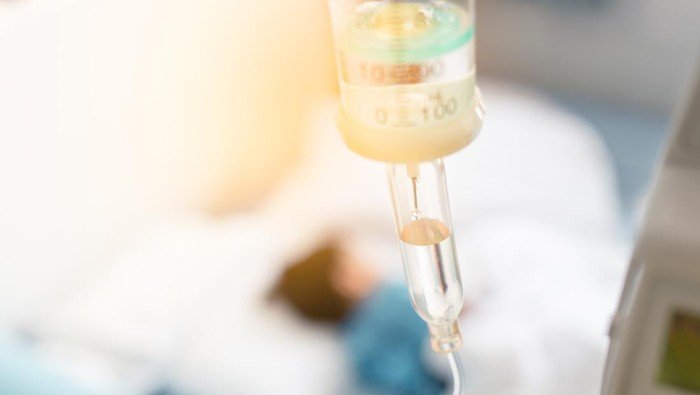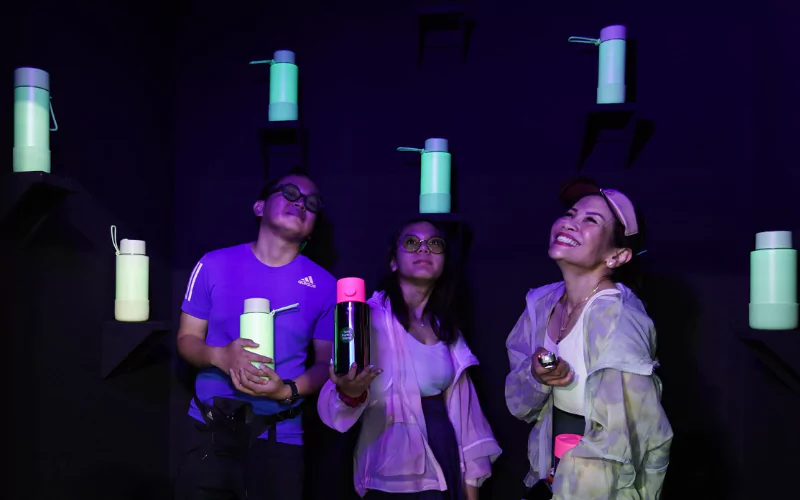Bali Today – July 26, 2025 | Columbia, South Carolina
By Fitirani
A 12-year-old boy from South Carolina has died after contracting Naegleria fowleri, a rare but deadly brain-eating amoeba, believed to have entered his body while swimming in Lake Murray. The tragic incident has sent shockwaves through the local community and reignited global concern over this often-overlooked danger in warm freshwater environments.
Doctors at Prisma Health Children’s Hospital-Midlands confirmed that the child succumbed to Primary Amebic Meningoencephalitis (PAM)—a fast-progressing infection that destroys brain tissue, usually resulting in death. According to the South Carolina Department of Health and Environmental Control, this is the first reported case in the state since 2016.
“Over 97% of known PAM cases in the U.S. have been fatal,” said Dr. Anna-Kathryn Burch, a pediatric infectious disease specialist at the hospital.
The amoeba typically infects humans when contaminated water forcefully enters the nasal passages—often during swimming, diving, or water sports—allowing the microorganism to travel to the brain. Once inside, it multiplies rapidly, triggering inflammation and irreversible damage to brain tissue.
What Is Naegleria fowleri?
Naegleria fowleri is not a parasite in the traditional sense. It doesn’t live off a host but instead thrives in warm freshwater bodies such as lakes, rivers, hot springs, or even poorly maintained swimming pools with inadequate chlorine levels.
The amoeba feeds on bacteria in these environments, but when it enters a human nose, it can cause a devastating brain infection. While infections are extremely rare—fewer than 160 cases have been reported in the U.S. since the 1960s—the fatality rate is alarmingly high.
Early Symptoms and Rapid Progression
Initial symptoms of PAM resemble those of bacterial meningitis: headache, fever, nausea, vomiting, and stiff neck. As the infection progresses, patients may experience confusion, seizures, hallucinations, and coma. Death usually occurs within five days.
“There’s no clear treatment, and the window for diagnosis is tragically small,” Dr. Burch added.
What This Means for Bali and the Tropics
While Bali is not a known hotspot for Naegleria fowleri, warm freshwater lakes, hot springs, and poorly treated pools could theoretically pose similar risks, particularly during the dry season when water temperatures rise and water levels drop—creating optimal conditions for this amoeba to thrive.
Tourists and locals alike should be cautious when swimming in natural freshwater environments, especially in remote areas with no monitoring or chlorination. The risk remains extremely low, but awareness is
A Note to Bali’s Community and Visitors
This tragic story serves as a reminder: even paradise is not immune to nature’s silent threats. In Bali, we often celebrate the wild and the sacred in our waters, from sacred springs to jungle rivers. But let’s remember that safety—like respect—begins with knowledge.
To Balinese families, travelers, and especially parents:
Be informed, be cautious, and protect those you love. Bali’s magic lies not only in its beauty, but in how we care for the land, the water, and one another.





